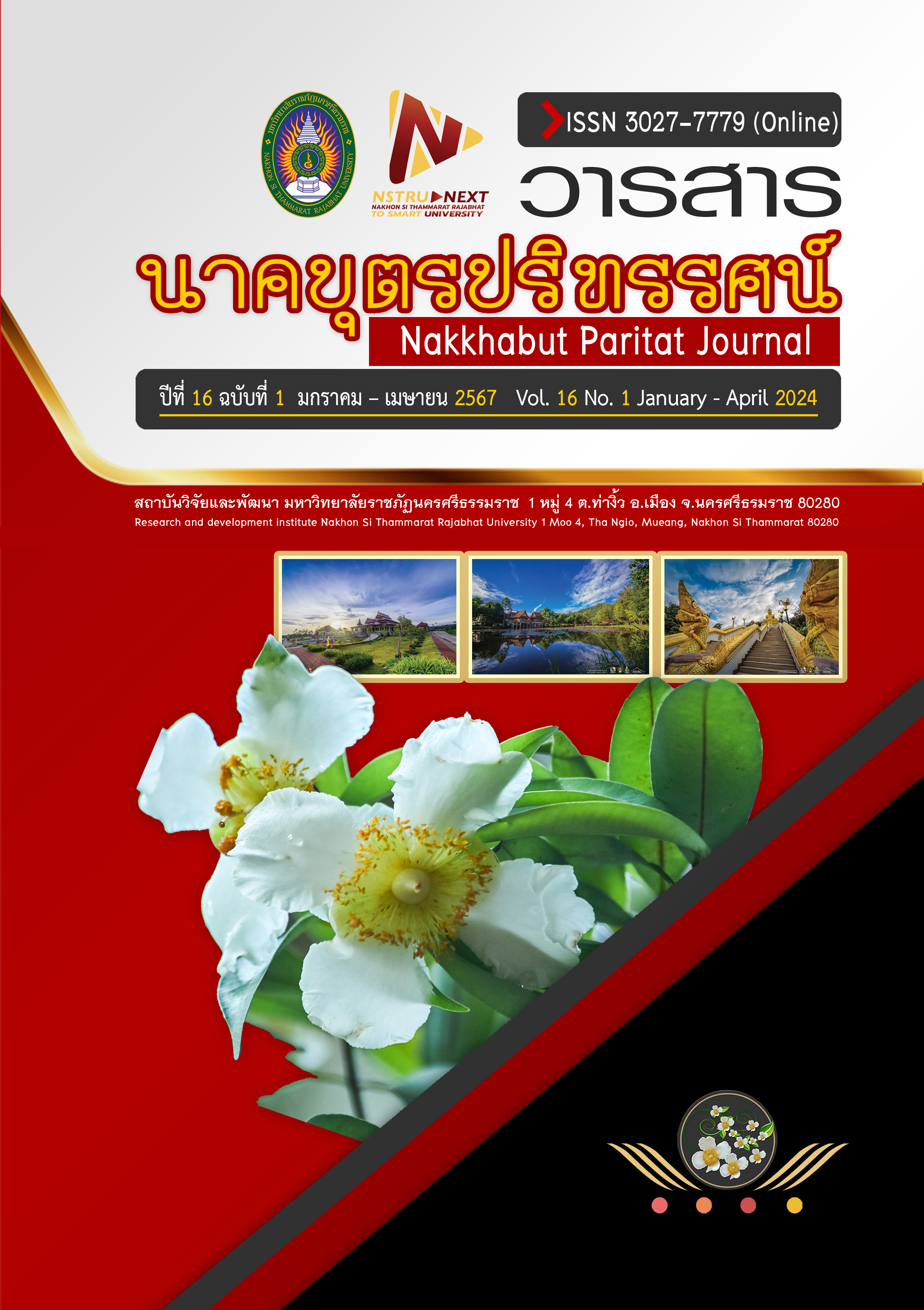The Process of Repatriation of Thai Human Trafficking Victims from Neighboring Countries to their Native Country
Main Article Content
Abstract
This qualitative research article studies “The process of returning Thai human trafficking victims from neighboring countries to their home countries”. Its purpose was to 1) study the process of repatriation of Thai human trafficking victims, and 2) study the problems and obstacles in helping victims of human trafficking return to their country to achieve the above objectives. This article uses data collection methods through research, academic articles, reports on the results of repatriating victims of human trafficking and the problems of loss of repatriation at the Royal Thai Embassy, and other documents related to helping victims of trafficking.In addition, the semi-structured interview was used with 5 persons who were involved in helping Thai trafficking victims return to their home country by selecting by purposive sampling. Data analysis was done by using data processing, data categorizing, and the relation scheme synthesizing.
The results of the study found that Thai trafficking victims who have been acquitted will have the process of repatriation to their domicile states as follows:1.procedures before repatriation: assistance agencies include the embassy,2.procedures for picking up victims at the airport,3. planning and reintegration procedures, and 4. follow-up and surveillance procedures so that the victims can live in the community and happily. As for problems and obstacles in helping victims return to their country, it was found that the problem for operators was that there were not enough officials. The victim's problem is the victim did not cooperate with the authorities in providing truthful information. Coordination problems arise from the legal process of neighbouring countries that takes time to prosecute. And finally, data problems, victims misrepresent information because of fear of being guilty as a result, helping victims of human trafficking return to their home countries is delayed before being able to help Thai people repatriate to their country of origin.
Article Details

This work is licensed under a Creative Commons Attribution-NonCommercial-NoDerivatives 4.0 International License.
References
Chongbunwatana, K. (2019). Minister Counsellor, Royal Thai embassy Kuala Lumpur. Interview, 12 November 2019. (in Thai)
Department of Consular Affairs. (2020). Data base of protection for Thai people in Malaysia. Retrieved 2020, July 7, from consulsr.thaiembassy.my. (in Thai)
Division of Anti Trafficking in Persons. (2019). Repatriation Flow and Procedures from Thailand to Lao PDR. Retrieved 2024, April 8, from: https://www.jica.go.jp/Resource/project/thailand/016/materials/ku57pq00001yw2db-att/repatriation_handbook_02.pdf. (in Thai)
Hayeedah, A. (2019). Interpreter, Royal Thai Embassy Kuala Lumpur. Interview, 20 October 2019. (in Thai)
Kachawech, S. (2011). Coordination Development Trends on the Repatriation to the Country of Origin of Thai Women and Children who were Trafficking Victims. (Master of Social Work in Social Welfare Administration and Policy). Thammasat University, Faculty of Social Administration, Program in Social Work. (in Thai)
Kangthong, S. (2012). Problems of protection of Thai people in Malaysia (Research report). Devawongse Varopakarn Institute of Foreign Affairs (DVIFA): Ministry of Foreign Affairs. (in Thai)
Luela, R. (2017). Anti-Human Trafficking. Retrieved 2019, August 13, from: https://www.stou.ac.th/Schoolnew/polsci/UploadedFile/82427-12.pdf. (in Thai)
Ministry of Foreign Affairs. (2022). 2022 Trafficking in Persons Report: TIP Report. Retrieved 2024, April 5, from: https://www.mfa.go.th/th/content/tip-report-2022?page=5d5bd3c915e39c306002a907&menu=5d5bd3d815e39c306002aac5. (in Thai)
Nexus Institute. (2020). Separation of victims from human trafficking. Retrieved 2024, April 8, from: https://nexusinstitute.net/wp-content/uploads/2022/03/PG1-Trafficking-Victim-Identification-Thai-1.pdf. (in Thai)
Nonthapathamadun, R. (2018). Thailand and compliance with its obligations under the ASEAN Convention against Protection especially for women and children in terms of protection and assistance to victims of human trafficking. (Research report). Devawongse Varopakarn Institute of Foreign Affairs (DVIFA): Ministry of Foreign Affairs. (in Thai)
Panrat, A. (2017). Illegal Working of Thais in Neighbouring Countries: Management Guidelines (Research report). Devawongse Varopakarn Institute of Foreign Affairs (DVIFA): Ministry of Foreign Affairs. (in Thai)
Suhakam. (2020). Human Trafficking. Retrieved 2020, February 4, from: https://www.suhakam.org.my/human-trafficking/
U.S. Embassy in Thailand. (2020). Trafficking in Person (TIP) Report. Retrieved September 5, 2020, from: https://th.usembassy.gov/th/our-relationship-th/official-reports-th/2020-trafficking-persons-report-thailand-th/. (in Thai)
U.S. Embassy in Thailand. (2023). Trafficking in Person (TIP) Report. Retrieved April 8, 2024, from: https://th.usembassy.gov/th/our-relationship-th/official-reports-th/2023-trafficking-persons-report-thailand-th/. (in Thai)
Wongpet, A. (2015). The Mechanism to Protect the Trafficking children and Women: A case Study of Pattani Province. (Master of Arts in Social Development Administration). Prince of Songkla University, Faculty of Liberal Arts, Program in Social Development Administration. (in Thai)
Yaena, A. (2019). Officer, Royal Thai Embassy Kuala Lumpur. Interview, 20 October 2019. (in Thai)


